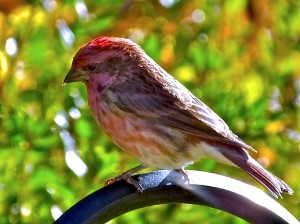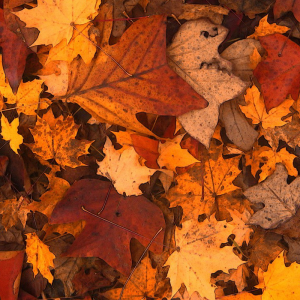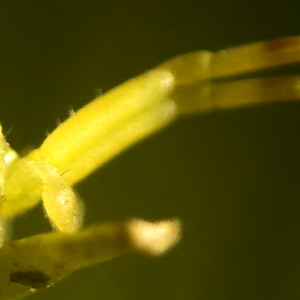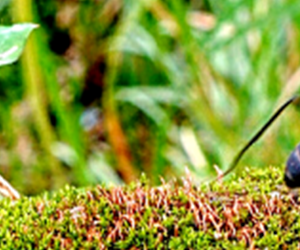It is Finally Autumn

Samantha Nurse, Web and Social Media Coordinator
This blog was written by Nature Canada member Steve Gahbauer and edited by Sam Nurse.
Summer is over, people are back to work, kids are in school, summer cottages are closed up, and Mother Nature has painted gorgeous fall colours.
The signs of the autumn season are everywhere. The skunks have already produced their brood of little stinkers, Monarch Butterflies are flying 3,000 km to their overwintering habitat in the mountains of Mexico, and – after growing rapidly throughout the summer – Tundra Swan cygnets are fully feathered and strong enough to start their winter migration. By late October, migrating Buffleheads – the smallest of Canada’s diving ducks – will arrive at wintering grounds in southern Canada, and Blue Herons – the most widely distributed heron in Canada – migrate south to their wintering grounds.
Early November, Redhead Ducks, known for their ability to meow like cats, will leave staging areas at the Great Lakes for their Atlantic coast wintering grounds. By mid-November, breeding season is in full swing for White-tailed Deer. Grizzly Bears will start to enter their winter dens and Roseate Terns will fly to South America. Finally, by mid-December it is breeding season for Red Foxes; their pups will be born between March and May.
Among the autumn birds are winter finches, Common Redpolls, Hoary Redpolls, American Goldfinches (the recent increase in overwintering goldfinches in southern Ontario is linked to the increase in backyard feeders), House Finches and Purple Finches (some will stay put and some will fly south), Evening Grosbeaks, Pine Grosbeaks and some Pine Siskins. Generally, finch movements are erratic; they are here one autumn and somewhere else the next. Finch irruptions (movement of species outside their normal range) occur in fall and early winter, tied to the boom and bust cycles of tree seed production.

Purple Finch. Photographed by John Whitaker.
Along with seeds, fruits and berries are welcome and essential autumn foods for birds, who also disperse seeds, pollinate plants, and are critical indicators of environmental health. Fall fruits help build fat reserves for migrating birds, while berries that persist into winter help the remaining birds survive.
Fruit-bearing shrub species that birds love include Northern Bayberry in coastal areas, Highbush Cranberry in damp woods and thickets, Common Snowberry on open slopes, Common Winterberry in swamps and on stream banks and Arrowwood Viburnum in damp thickets. Birds that love those berries include cardinals, grosbeaks, thrushes, flickers and Cedar Waxwings, as well as most migrating birds in eastern Canada. It is no coincidence that for fruit-bearing shrub and tree species autumn is their time to shine, brightening up the landscape with brilliant foliage and juicy berries that draw migrating and overwintering birds alike.
When the vivid fall colours are fading, the leaves will finally drop, responding each autumn to the decreasing hours of daylight rather than to the warmer days brought on by climate change. Make the best of this transitional season with its brilliant and vibrant colours, observe nature preparing for winter, and remember that the less we “help” and attempt to “manage” Mother Nature, the happier she is.
To read some of Steve’s earlier piece, visit www.rougevalleynaturalists.com band click on “Nature Notes”.
Sources: Canadian Wildlife Federation, Ontario Nature, Oak Ridges Moraine Land Trust, and field notes.



